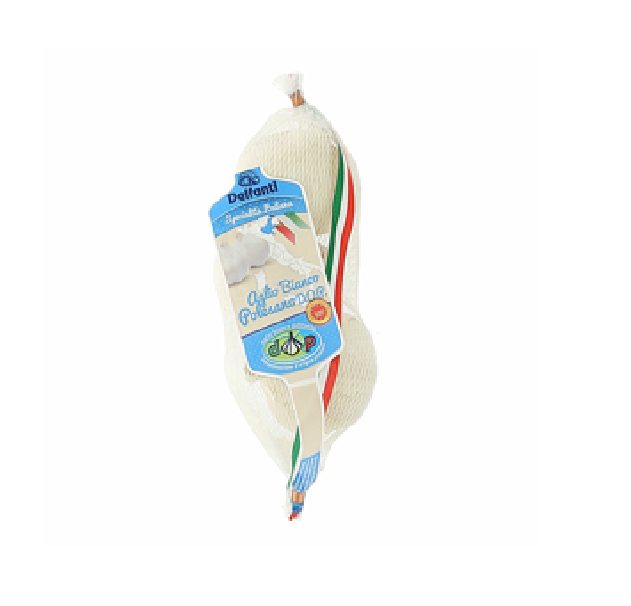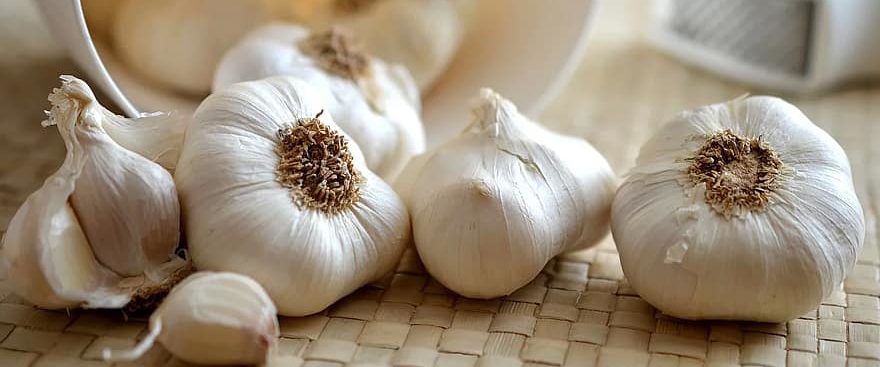Italian Garlic
How is Italian garlic?
Garlic (Allium sativum) is a bulb belonging to the Alliaceae family, genus Allium. Its origin is located in the mountainous regions of Central Asia, from which it would have spread to all temperate and subtropical areas of the planet. The most cultivated varieties in Italy are three types: white, pink and red. Italy has many PDO and GPI different garlic.
Buy Italian Garlic now!
Garlic Types
- White Garlic: The aromatic profile is unique, less pungent and more persistent than the other varieties, with pleasant notes of freshly cut grass and a sweet fruity flavor.
- Red Garlic: Its flavor is intense, spicy and appreciated in gastronomy.
- Pink Garlic: Pink varieties usually have a milder flavor than white. Pink one best expresses its characteristics when eaten fresh.
- Black Garlic: They are soft and have a sweeter, rounder flavor than white one, with hints of molasses, caramel, fruit and smoke.
Italian Garlic
- Nubia Red: Let’s start from the South with the red one from Nùbia, in the Trapani area, packed in braids (trizze in Sicilian) usually very large (traditionally of 100 bulbs!). It has a very intense flavor thanks to a much higher than average allicin content: it is indispensable for preparations such as pesto alla trapanese (with basil, almonds, tomato, oil, salt and pepper) and the famous fish couscous.
- Resia: Going up the boot-shaped country we go to the extreme Northeast, in Friuli, where, in the narrow and isolated Val di Resia the local garlic is still grown. The one from Resia is great quality, with small bulbs and a reddish tunic and has no central cloves.
- Vessalico: very aromatic, it is still packaged in long racks just like the garlic from Vessalico, Liguria. It’s a delicate and slightly spicy, really excellent for consumption on toasted slices of bread,
- Caraglio: it offers delicate aromas and smells, which are also found on the palate. The gustative persistence makes it an ideal ingredient for some typical Piedmontese preparations.
- PDO Voghiera: there is also the Voghiera Garlic which has a sweet and delicate taste, combined with great versatility, is ideal for a creative and refined cuisine. More than 100 hectares each year are destined for the cultivation of Garlic of Voghiera PDO in the Province of Ferrara.
 The particular qualities of the fertile, clayey soil, and the typical climate of the area make the Garlic of Voghiera PDO a unique product. Until about the 7th century AD. Voghiera had a predominant role in the agriculture of the Po delta area, as evidenced by some archaeological finds. Later in time, the Este family decided to relaunch the territory. In 1435, in fact, the Marquis Niccolò III built the Belriguardo castle in Voghiera, the summer residence of the Estensi family and this encouraged the cultivation of vegetable plants and in particular of garlic intended for sumptuous court banquets. More recent news can be found in accounting documents dating back to 1928, in which deeds are registered on the trade of local “garlic and onion” with some European countries.
The particular qualities of the fertile, clayey soil, and the typical climate of the area make the Garlic of Voghiera PDO a unique product. Until about the 7th century AD. Voghiera had a predominant role in the agriculture of the Po delta area, as evidenced by some archaeological finds. Later in time, the Este family decided to relaunch the territory. In 1435, in fact, the Marquis Niccolò III built the Belriguardo castle in Voghiera, the summer residence of the Estensi family and this encouraged the cultivation of vegetable plants and in particular of garlic intended for sumptuous court banquets. More recent news can be found in accounting documents dating back to 1928, in which deeds are registered on the trade of local “garlic and onion” with some European countries. - PDO Polesano: It is produced in the Polesine which is located in the lower Veneto region between the lower course of the Po and Adige rivers. It is a land where water dominates, which with the numerous floods that occurred over the centuries has made the soils very fertile, clayey / loamy, well drained but also with a temperate and dry climate. Over the years, the ability to select the best “head” bulbs by hand from which to obtain the material to be sown and the particular processes performed by hand has been handed down from father to son: the braid called “remains”, the braid, the bunch, the grappolone, ensure that this crop is intrinsically connected with the territory, its traditions and its history.
Garlic proprieties
This bulb has a highly respected medicinal reputation. Excellent for the prevention of flu, skin diseases, colds and infallible disinfectant for the intestine.A clove of it is a reservoir of highly effective healing active ingredients such as allicin, sulfur, B vitamins. The role of this plant in regulating cholesterol and triglycerides. It can be useful in chronic infections caused by Candida albicans and in those of the system Notable properties of it are also recognized “spicy” age: it would help to maintain an active and healthy sexuality, being a food with aphrodisiac properties, especially thanks to the positive action it exerts on circulation in general.
Photo credit: Pikist





 The particular qualities of the fertile, clayey soil, and the typical climate of the area make the Garlic of Voghiera PDO a unique product. Until about the 7th century AD. Voghiera had a predominant role in the agriculture of the Po delta area, as evidenced by some archaeological finds. Later in time, the Este family decided to relaunch the territory. In 1435, in fact, the Marquis Niccolò III built the Belriguardo castle in Voghiera, the summer residence of the Estensi family and this encouraged the cultivation of vegetable plants and in particular of garlic intended for sumptuous court banquets. More recent news can be found in accounting documents dating back to 1928, in which deeds are registered on the trade of local “garlic and onion” with some European countries.
The particular qualities of the fertile, clayey soil, and the typical climate of the area make the Garlic of Voghiera PDO a unique product. Until about the 7th century AD. Voghiera had a predominant role in the agriculture of the Po delta area, as evidenced by some archaeological finds. Later in time, the Este family decided to relaunch the territory. In 1435, in fact, the Marquis Niccolò III built the Belriguardo castle in Voghiera, the summer residence of the Estensi family and this encouraged the cultivation of vegetable plants and in particular of garlic intended for sumptuous court banquets. More recent news can be found in accounting documents dating back to 1928, in which deeds are registered on the trade of local “garlic and onion” with some European countries.